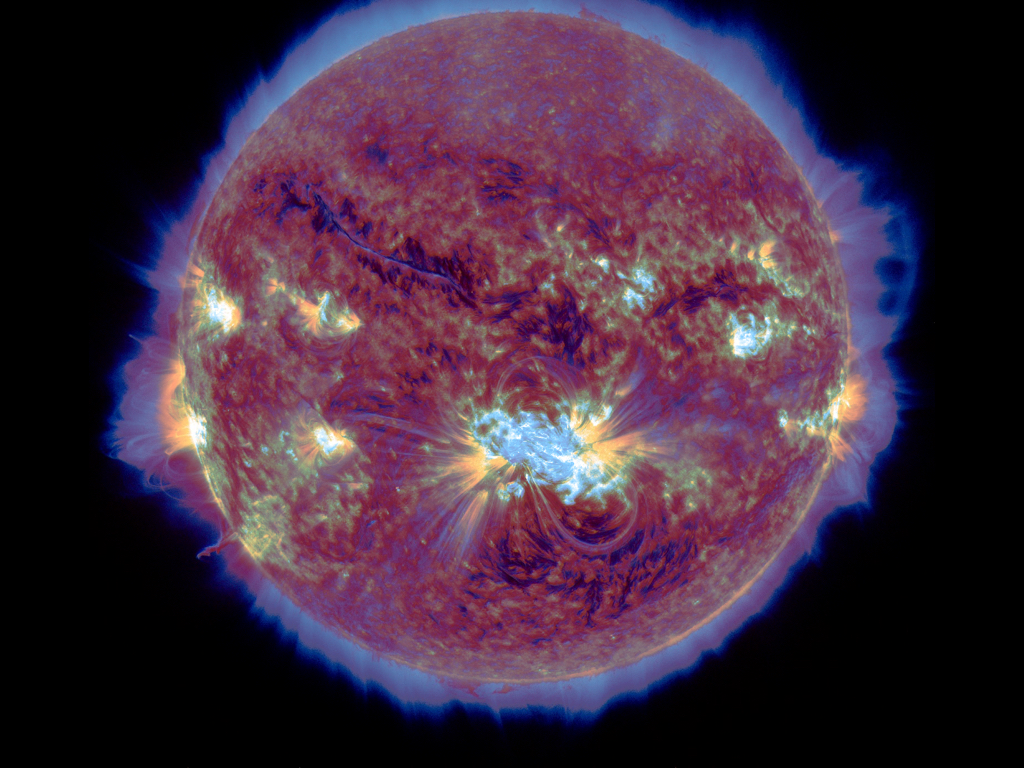I am a Consultant Astrophysicist resident at the Hinode operations center of the Japan Aerospace Exploration Agency (JAXA) just outside Tokyo. I am also the resident NASA Hinode project office representative at JAXA, and an Honorary Professor at University College London’s Mullard Space Science Laboratory.
Hinode (meaning “Sunrise” in Japanese) is a joint JAXA/NASA/ESA satellite. It was launched in 2006 and carries three telescopes for investigating unanswered science questions about the Sun.
I am the US Chief Observer for one of the telescopes (an EUV Imaging Spectrometer – EIS) and the Hinode Chief Planner, managed by the Naval Research Laboratory in Washington, DC, and Computational Physics, Inc., in Virginia, and funded by NASA through the Hinode Project Office, which is led out of Marshall Space Flight Center.
As Chief Planner, I operate the Hinode satellite. As Chief Observer, I operate the EIS instrument. I also conduct research using the observations we make, together with data obtained by a number of other solar satellites, deep space missions, and a variety of ground based observatories around the world.
In other roles, since 2023 I have been a board member of the Science Working Group (SWG) for the upcoming Solar-C mission. Solar-C will be the successor to Hinode, and is planned to launch around 2028. I was also elected as a member of the Coronal Loops Workshop Steering Committee for the term 2018-2024, and was elected Chair for 2022-2024. I was also a member of the science team for the 2018 re-flight of NASA’s high resolution coronal imager (Hi-C2.1) sounding rocket.
You can find information about my research on this website. You can also follow my activities on twitter: @realDavidBrooks.
Most of the images on this website are from the Solar Dynamics Observatory, and are courtesy of NASA/SDO and the AIA, EVE, and HMI science teams.
